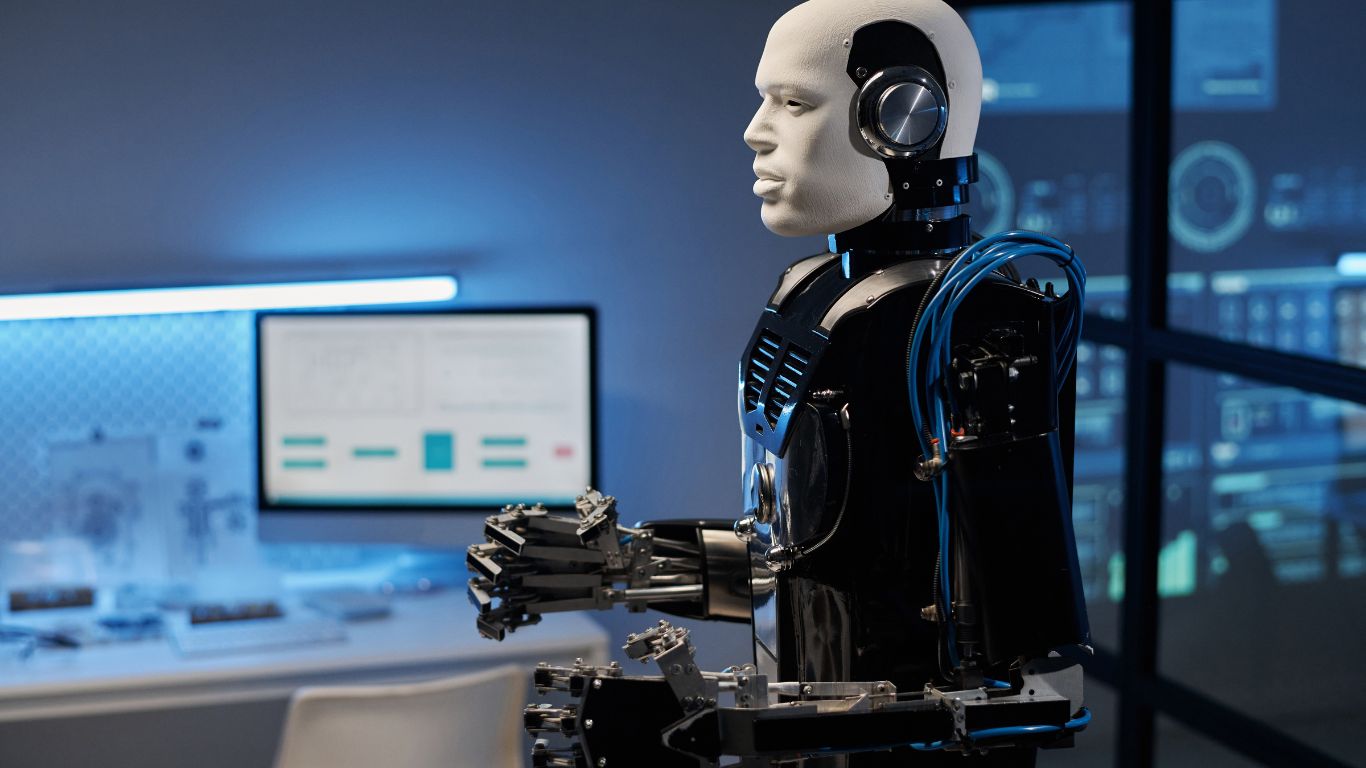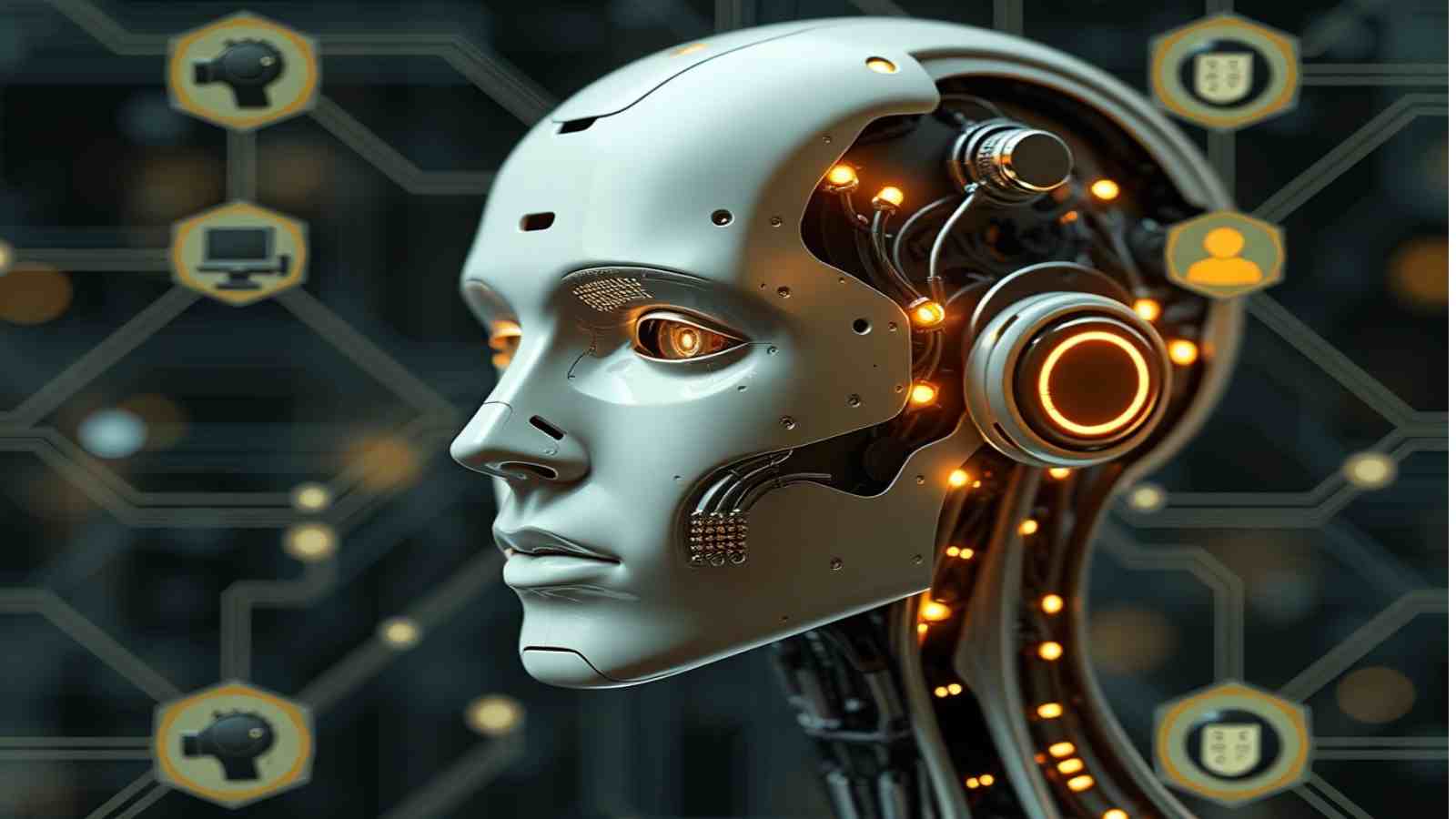In the realm of technology and innovation, artificial intelligence (AI) stands as a beacon of potential, illuminating paths to discoveries and solutions for age-old problems. However, as with any powerful tool, the benefits come with significant ethical considerations that must be carefully navigated to prevent harm. Whether AI is inherently good or evil is less about the technology itself and more about how we, as a society, choose to develop, deploy, and control it.
The Promise of AI
Artificial intelligence promises immense benefits across various sectors, including healthcare, education, environmental protection, etc. It can process and analyze data at a scale and speed beyond human capability, uncovering insights that can lead to breakthroughs in medical treatments, climate change mitigation, and personalized education plans. AI’s potential to elevate the quality of human life is undeniable, offering tools that can significantly enhance our decision-making processes and efficiency.
Ethical Implications of AI Decision-Making
Despite its potential, AI’s ability to make decisions that impact human lives brings significant ethical challenges. One of the most pressing issues is the risk of embedding human biases into AI systems, leading to decisions that unfairly discriminate against certain groups. Privacy concerns arise as AI systems often rely on vast amounts of personal data to function effectively. The question then becomes, how do we balance the benefits of AI-powered solutions with the right to privacy and the need for fair, unbiased decision-making?
The Responsibility of Creators and Users
The ethical deployment of AI technology rests on the shoulders of its creators and users. Developers are responsible for ensuring that AI systems are designed with ethical considerations in mind, actively seeking to mitigate bias and protect user privacy. Transparency in AI algorithms and decision-making processes can help build trust and understanding among users. Meanwhile, users, including businesses and governments, must commit to using AI to prioritize all individuals’ welfare, avoiding applications that could lead to harm or inequality.
The Potential for Malicious Use
The dual-use nature of AI technology means that the same tools that can improve lives can also be used to conduct surveillance, spread misinformation, or automate weaponry, among other malicious uses. Without proper regulation and oversight, the potential for abuse is significant. This highlights the importance of international cooperation and dialogue to establish norms and rules that prevent the misuse of AI while promoting its positive applications.
The Need for Ongoing Dialogue and Regulation
The rapid advancement of AI technology necessitates an ongoing dialogue among technologists, ethicists, policymakers, and the public to address emerging ethical challenges. Regulations and frameworks must evolve alongside AI to ensure it serves humanity’s best interests without infringing on rights or causing unintended harm. An ethical approach to AI development and use emphasizes the well-being of all people, ensuring that technology advances in alignment with human values.
FAQs
Q: Can AI genuinely be unbiased?
A: While achieving complete unbiasedness in AI is challenging due to the inherent biases in the data it is trained on, efforts can be made to minimize bias. This includes using diverse datasets, constantly evaluating AI decisions, and incorporating ethical considerations into AI development.
Q: How can individuals ensure their privacy is protected with AI?
A: Individuals can protect their privacy by being mindful of the data they share online, using privacy-focused tools and services, and advocating for strong data protection regulations. AI developers’ transparency about data usage and protection measures can also contribute to privacy protection.
Q: What role do governments play in regulating AI?
A: Governments have a crucial role in setting regulations and standards for the ethical use of AI. This can include legislation on data protection, AI development and deployment guidelines, and oversight mechanisms to ensure compliance and address ethical concerns.
Q: How can we prevent the malicious use of AI?
A: Preventing the malicious use of AI requires a multifaceted approach, including ethical AI development practices, robust regulatory frameworks, international cooperation to set global standards, and ongoing vigilance by both creators and users of AI technologies.
Q: Why is an ongoing dialogue about AI ethics critical?
A: An ongoing dialogue about AI ethics is essential to address AI’s rapidly evolving nature and applications. Continuous conversation among stakeholders ensures that ethical considerations keep pace with technological advancements, helping to guide the development and use of AI in a manner that aligns with societal values and norms.
Conclusion
Artificial intelligence is neither good nor evil; it reflects the intentions and ethics of those who create and use it. The challenge lies in harnessing AI’s potential for good while vigilantly guarding against its risks. By fostering a global commitment to ethical standards and responsible use, we can ensure that AI serves as a force for enhancing human life, not a source of fear or harm. The path forward requires technological innovation and a collective ethical effort to ensure AI benefits humanity.











